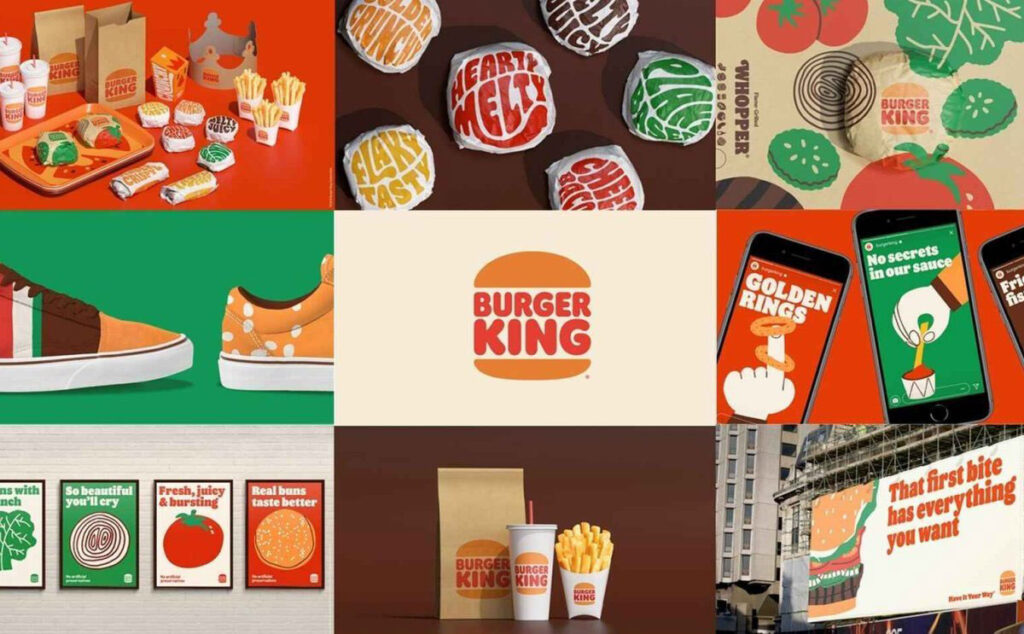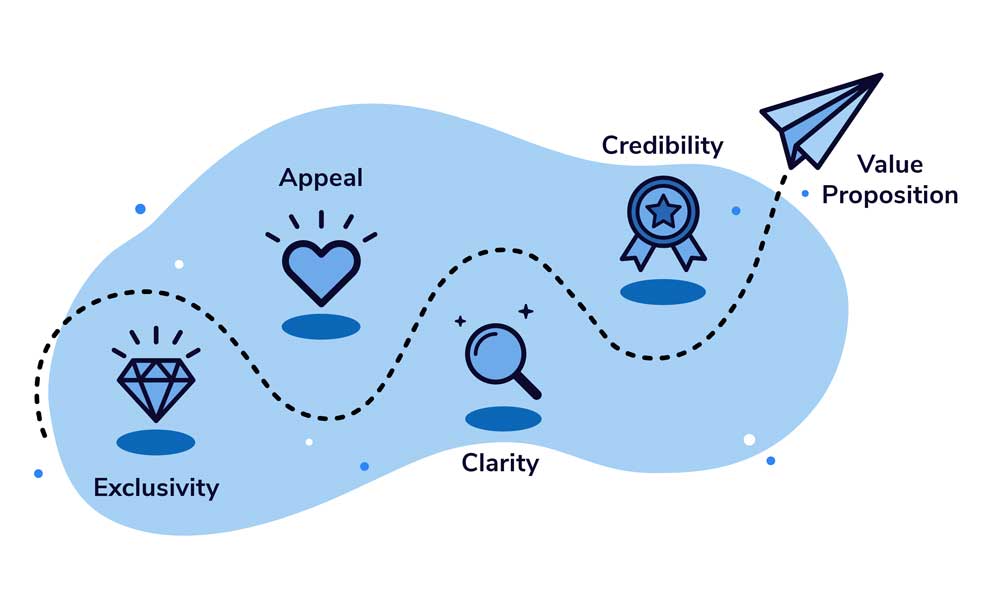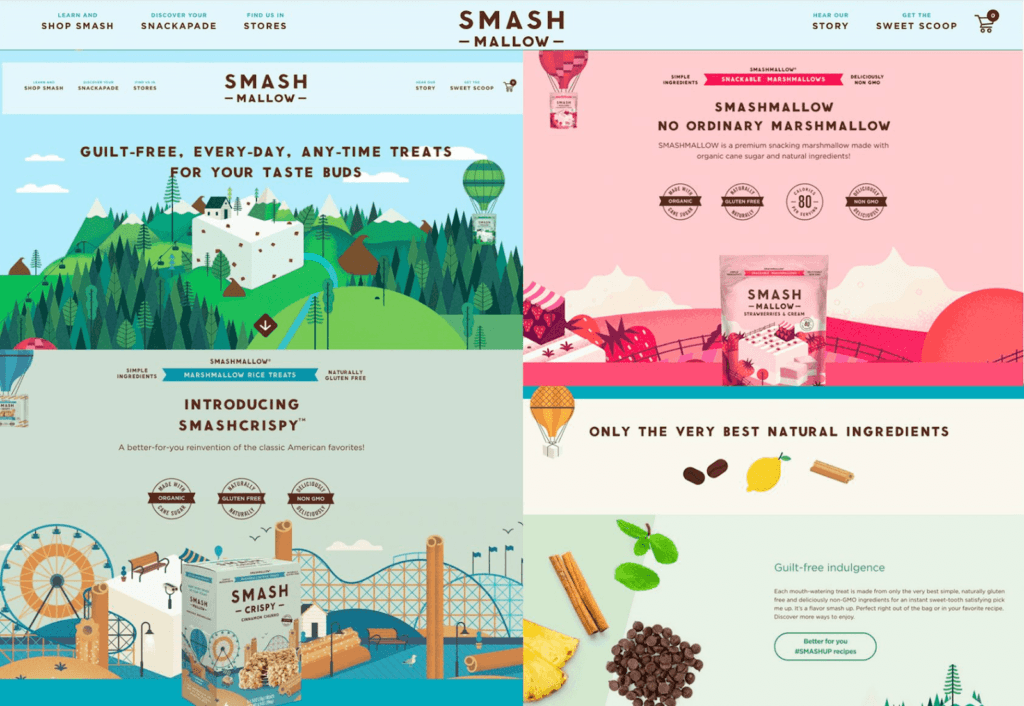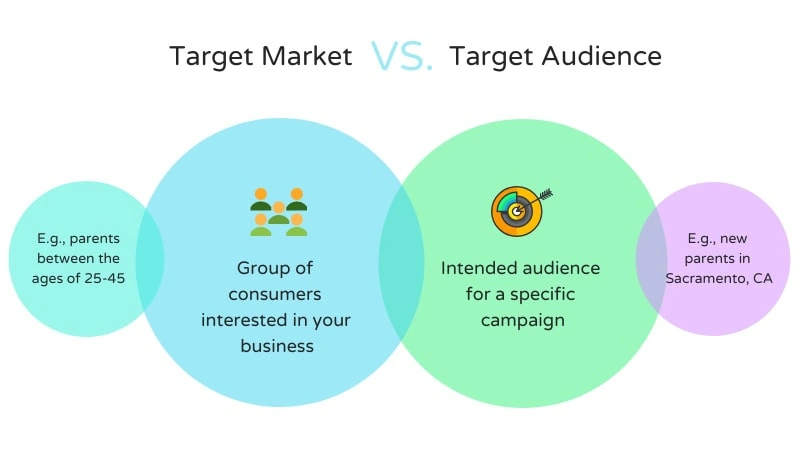Branding and Graphic Design: Key Differences
Branding is the overall identity of a company. It is how a company is perceived by its customers and is the foundation for all advertising and marketing campaigns. Graphic design is the visual component of branding. It encompasses the creation and development of a brand's visual identity.
The difference between branding and graphic design isn't simply that one is excellent and terrible. It's about understanding your unique purpose.
Branding and graphic design are both important but in different ways. Branding is about creating the identity and image of a business, while graphic design encompasses visual communication that tells a story.
Both branding and graphic design are essential when it comes to attracting and retaining customers. Without them, your brand won't be able to make a good impression on anyone. That's why developing a cohesive branding and graphic design strategy for your business is crucial.
Brands are like people. They need to be different to get attention. To help your brand stand out from your competition, you need to be a leader in the graphic design world.
Table of Contents
Branding is the visual identity of a business

Branding helps to create a professional image and, therefore, attracts clients or customers. When used correctly, branding can create a distinctive impression on consumers, allowing businesses to reach their target audience and increase the sales of their products or services.
What exactly does branding mean?
Branding is the process of creating a distinct identity for a business, a product or a service. The goal is to make it memorable for consumers. A business must choose how to brand itself, but it's usually a combination of:
- Logo: A symbol, image or design representing a company, product or service.
- Colour Scheme: The colours used to brand a product or service.
- Marketing Strategy: How a company chooses to market their products or services.
- Website Design: The look of a website.
The Branding Process
Branding is a creative process involving careful thought and planning but should not be confused with graphic design. The first step in branding is to consider who your target audience is. How will people remember your brand and your company?
It would help if you found out what your audience wants and needs. For example, they could want a website with a contemporary, minimalist look. Once you know your audience, you must decide on your brand identity.
The brand will guide the decisions you make. How will you be remembered? Will your company offer something unique or fall into a niche? What are your values and beliefs?
Think about your message.
Brands should have a clear, concise message. Your brand identity should explain what you do, who you are and why people should buy from you.
It can include images, slogans, phrases and other symbols. Brands should be memorable and easy to recognise. This means they should contain visual elements such as a logo and a strong message.
Brand Identity
A strong brand identity is one of the critical factors in successful branding. A company's identity should reflect its values, mission and vision. It can help customers understand who the company is and what it stands for. It can also help people remember the company's name and distinguish it from its competitors.
How to use Branding to Build Business Value

When you use branding to help your business grow, you can help it attract more customers and money. Your brand is part of representing yourself to customers and potential customers. By developing a distinctive identity, your brand can help you stand out in the market.
Your brand can help you reach your target audience. For example, if you offer a range of children's books, you may want to develop various logos, colour schemes and marketing materials. Each of these will help to make your brand more recognisable.
If you sell products online, your brand can help you build customer trust. You can include details about your company on your website, including a list of your products and a link to your company's Facebook page. It can also be a good idea to include reviews and ratings of your products.
You can also use branding to communicate a specific image to your customers. For example, if you're a bakery, you might want to develop a cake logo representing the range of cakes you sell. This will help to attract people to your products.
Developing a brand identity that helps you stand out from the competition is also helpful. You can develop a solid and distinctive brand that will help make your company more attractive to customers.
Graphic design is a creative expression of a brand

Graphic Design is an art form you can use to create visual messages in print and online media. These messages can be created in many different forms and include advertising, brochures, business cards, catalogues, communication pieces, corporate identity, display boards, direct mail, invitations, leaflets, magazines, menus, newsletters, posters, packages, postcards, press releases, promotional pieces, product packaging, presentation slides, promotional materials, public relations, signage, stationery, websites, and more.
Branding is a process by which a company is designed and built. Branding includes creating, developing and maintaining a unique image and personality to promote products and services to potential customers.
A company's identity can be thought of as its most distinctive characteristic. Branding is a complex concept, and the term itself has been debated in recent years.
Marketing consultant, David Droga, said branding is “the process of creating a unique identity for a company”. He elaborated, “Branding is not what the company does but what it stands for. It is a system of values, a set of promises, an emotion, a philosophy, a lifestyle.”
The practice of branding began during the Industrial Revolution when large-scale manufacturers sought to differentiate themselves from other producers. As the 20th century progressed, brands were built around specific products, such as automobiles.
In the 21st century, brands are built around consumer lifestyles and personal preferences. In business and marketing circles, there is a growing tendency to view branding as a critical strategy for competitive advantage.
A brand's purpose is to position the company in the customer's mind, which helps increase market share. If the company's brand image becomes strong, it can use it to increase sales, regardless of the price or quality of the products or services.
Companies build their brands through advertising and promotion. In addition, a company's reputation can influence its brand. You can build a reputation through word of mouth when satisfied customers consistently praise a company's products.
It is also essential that a company can establish itself in the marketplace. Market share is a vital indicator of a company's success, and the most valuable companies have a high percentage of market share. The company will have an identifiable image by establishing itself in the marketplace.
Companies use many different methods to create a brand. Some companies rely on a single, easily recognisable image, while others opt for a collection of images to represent the company. Regardless of the method, the company's brand must stay consistent over time.
While building a brand using visual design alone is possible, the company's logo and other printed materials play an essential role. This is because they are the first point of contact between the customer and the company.
Print is one of the best methods of promoting a brand because the design can be easily understood and remembered, even when the brand is changed.
Visual design is crucial in creating a brand as it helps a company communicate its message effectively and achieve the desired impact on the consumer. A company's logo, colours, typography, and design are the key elements of its brand.
An effective graphic design can help build a brand and help the company achieve its goals.
Designers must consider the audience when branding

Understanding the target audience's needs and expectations is critical to any successful design project. Product branding is an excellent example of this.
By branding a product, a business aims to communicate the qualities and values of its product to consumers. These may be the physical attributes, the quality of materials, the style, or the message and emotional tone the company wishes to convey.
As part of designing a product, the designer will need to work out what the audience is. This aims to understand how the product can most effectively communicate to the targeted consumer. It is also to ensure that the design is appropriate to the audience. It will fit their tastes, preferences, and cultural beliefs. The designer then uses this information to design a package or a product that will likely work best with the audience.
Brand identity
To create a successful branding campaign, the designer must understand how the brand will be represented in the target audience's mind. It is this which is referred to as the brand identity. A brand identity should be consistent across all marketing and advertising activities and reflect the brand's values, attitudes, and beliefs.
This is usually expressed through visual elements that are easy to identify and remember. These include logos, colour schemes, images, fonts, and slogans. Therefore, these elements are used consistently in all advertising material. This consistency of look and feel is considered a brand personality and is extremely important.
Brand personality
By defining a brand personality, the designer creates a distinctive visual identity. The chosen brand personality must be consistent, not only across media but also across time. A brand personality that changes over time will confuse and damage the brand's reputation.
Brand personality can be developed by focusing on the following factors:
Flexibility
The designer must ensure that they can modify a brand personality according to changing conditions.
Ease of use
The personality should be easy to understand and easy to use.
Value
A brand personality should embody the company's values and provide value for the customer.
Credibility
The personality should represent the expertise and quality of the product.
Originality
A brand personality should be unique and not simply copied from competitors.
Creativity
A brand personality should be creative and reflect the personality of the company.
A well-designed branding strategy will enhance a company's image and encourage potential customers to visit the company's website. It will also increase sales and boost the company's financial performance.
Brand Management is a term used to describe the process of managing the brand image of an organisation. This is done through the planning, creating, and implementing strategies designed to promote a positive image of the organisation.
To ensure the brand is managed correctly, the management team must be composed of knowledgeable people about the organisation and its products. They also need to be people who know how to sell the product. As a result, a successful brand manager will have a good understanding of the brand and the products which the organisation makes.
A strong brand image is essential in today's world. It allows an organisation to distinguish itself from competitors, and it helps to improve the chances of a sale.
Why Branding and Graphic Design Are Similar?

The main difference between branding and graphic design is that the former is a business communication form while the latter focuses on aesthetics.
There are two main differences between these two types of jobs: one is the skill set required, and the other is the working environment. For instance, in the case of a graphic designer working on a computer, a branding specialist works on printed materials and has to know about digital marketing.
However, both of them focus on visual communication. For instance, the graphic designer must understand art principles, while the branding specialist must know colour psychology and fonts.
To answer the question, we would first say that they are similar because they are both forms of communication that deal with visuals. Moreover, in both cases, you must create a message that can be conveyed quickly and effectively. You may even say that the difference is merely in communicating the message.
In cases like that of UI and UX design, there are some essential guidelines that you should follow. The first guideline is that your ideas should be clear and concise.
In the case of graphic design, you need to choose the most appropriate typography and colours that can convey your idea easily. The second guideline is that your idea should be based on a clear concept. In the case of graphic design, you should use your creativity to develop an idea you can express with a few images.
However, the branding specialist must focus on the concept rather than just using colour and fonts. The third guideline is that your design should be simple and easy to understand. It is also vital that your ideas should be unique.
In the case of graphic design, you must select a specific typeface that can be associated with your product or company. Moreover, the design should be appropriate and consistent.
Conclusion
Your brand is how you want your audience to think about you. So, it's essential to design a logo that communicates clearly and immediately to your audience exactly who you are and what you stand for.
You can use graphic design to communicate many different messages, and it can help reinforce brand identity. You can use graphic design to create a unique visual identity for your brand and help build brand awareness, trust, and credibility.
Get to know the critical differences between branding and graphic design to get the most out of the work you pay for.
